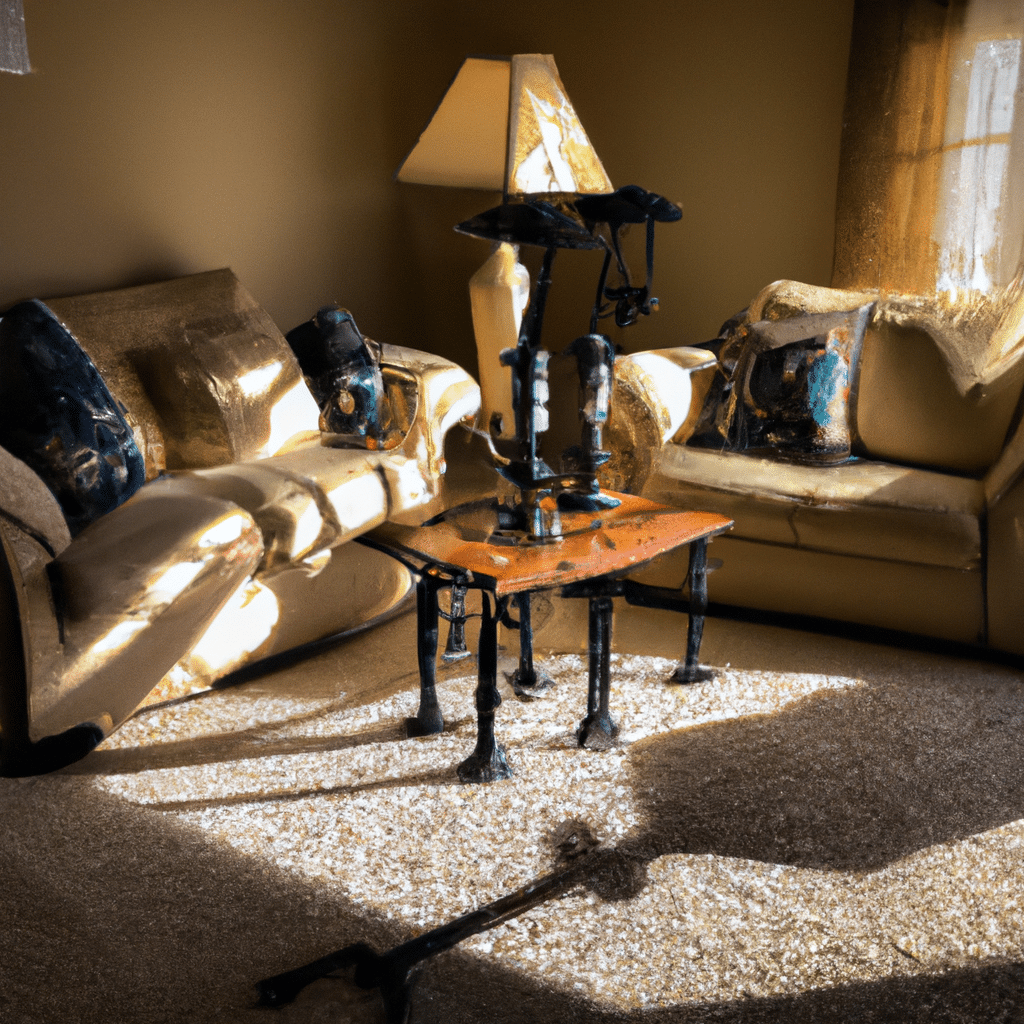
Lighting plays a crucial role in creating the ambiance of any room. It affects the mood, functionality, and aesthetics of the space. While choosing the right lighting for your home can be overwhelming, it doesn’t have to be. In this article, we’ll shed light on the basics of how to choose the right lighting for your home.
Understanding the Different Types of Lighting
Before delving into the specifics of choosing the right lighting for your home, it’s essential to understand the different types of lighting. There are three primary types of lighting: ambient, task, and accent lighting.
Ambient Lighting
Ambient lighting, also known as general lighting, provides overall illumination to a room. This type of lighting can be achieved through ceiling-mounted fixtures, chandeliers, or wall-mounted fixtures.
Task Lighting
Task lighting provides localized lighting for specific activities such as reading, cooking, or working. Examples of task lighting include desk lamps, pendant lights, and under-cabinet lights.
Accent Lighting
Accent lighting is used to highlight specific features or objects in a room. This type of lighting can be achieved through track lighting, wall-mounted fixtures, or table lamps.
Factors to Consider When Choosing Lighting
When choosing the right lighting for your home, several factors need to be considered. These include:
Functionality
The first factor to consider when choosing lighting is functionality. Ask yourself, what is the primary purpose of the room? Is it a place to relax, work, or entertain guests? The lighting you choose should match the room’s function.
Room Size
The size of the room also plays a crucial role in choosing the right lighting. A small room will require less lighting than a larger room. In a small room, consider using accent lighting to create the illusion of a larger space.
Ceiling Height
The ceiling height of the room will also affect the type of lighting you choose. A high ceiling will require a lighting fixture that can illuminate the entire space, while a lower ceiling can be illuminated with a smaller fixture.
Style
The style of the lighting you choose should match the overall style of the room. For example, modern lighting fixtures may not fit in a traditional room.
Energy Efficiency
Energy-efficient lighting should also be considered when choosing lighting for your home. LED bulbs are an excellent option as they use less energy and last longer than traditional incandescent bulbs.
Choosing Lighting for Each Room
Now that we’ve covered the basics of lighting, let’s take a look at how to choose lighting for specific rooms in your home.
Living Room
The living room is a space for relaxation and entertainment. It’s essential to choose lighting that creates a comfortable and inviting atmosphere. A combination of ambient, task, and accent lighting can be used to achieve this.
A ceiling-mounted fixture can provide ambient lighting, while table lamps or floor lamps can provide task lighting. Accent lighting can be used to highlight specific features in the room, such as artwork or a fireplace.
Kitchen
The kitchen is a space for cooking and preparing food. Task lighting is crucial in this room. Under-cabinet lighting can provide localized lighting for food preparation, while pendant lights can be used to illuminate the kitchen island or dining area.
Bedroom
The bedroom is a space for relaxation and sleep. Soft and soothing lighting is essential in this room. Table lamps or sconces can provide ambient lighting, while task lighting can be achieved through bedside lamps.
Bathroom
In the bathroom, task lighting is essential for grooming and getting ready. Vanity lights can be used to provide localized lighting for the mirror, while ceiling-mounted fixtures can provide ambient lighting.
Conclusion
Choosing the right lighting for your home doesn’t have to be a daunting task. By understanding the different types of lighting and considering factors such as functionality, room size, and style, you can create a comfortable and inviting space.
Remember to choose energy-efficient lighting and to match the lighting to the room’s purpose. With these basics in mind, you can choose the right lighting for every room in your home.



